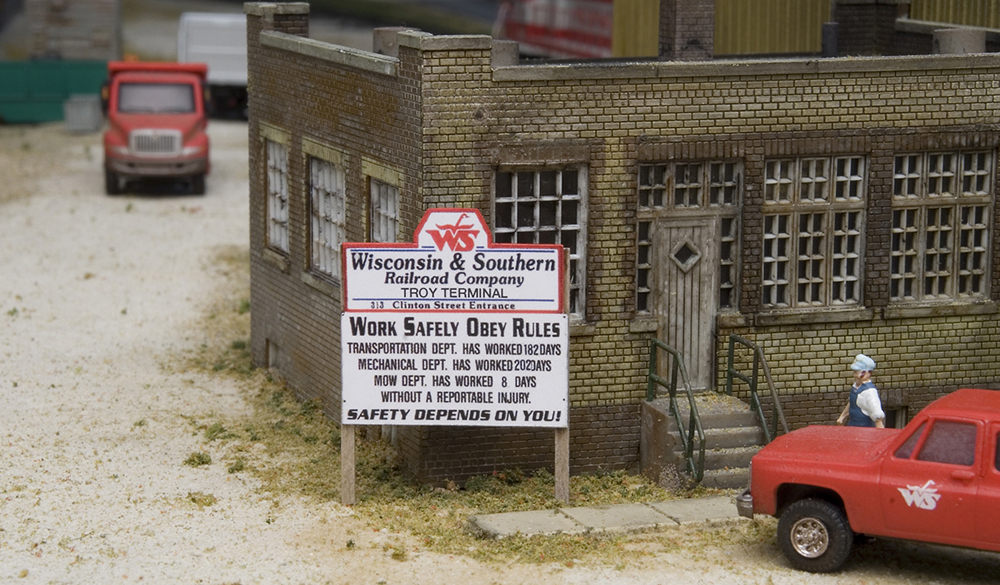
There are various ways we can convey to visitors and operators our modeling objectives. Locomotives and rolling stock provide clues as to the prototype (or freelanced) railroad we’re modeling. Those same models, as well as vehicles and figures, can be used to define the era. But what about the model railroad’s locale? Signature structures or […]
Read More…
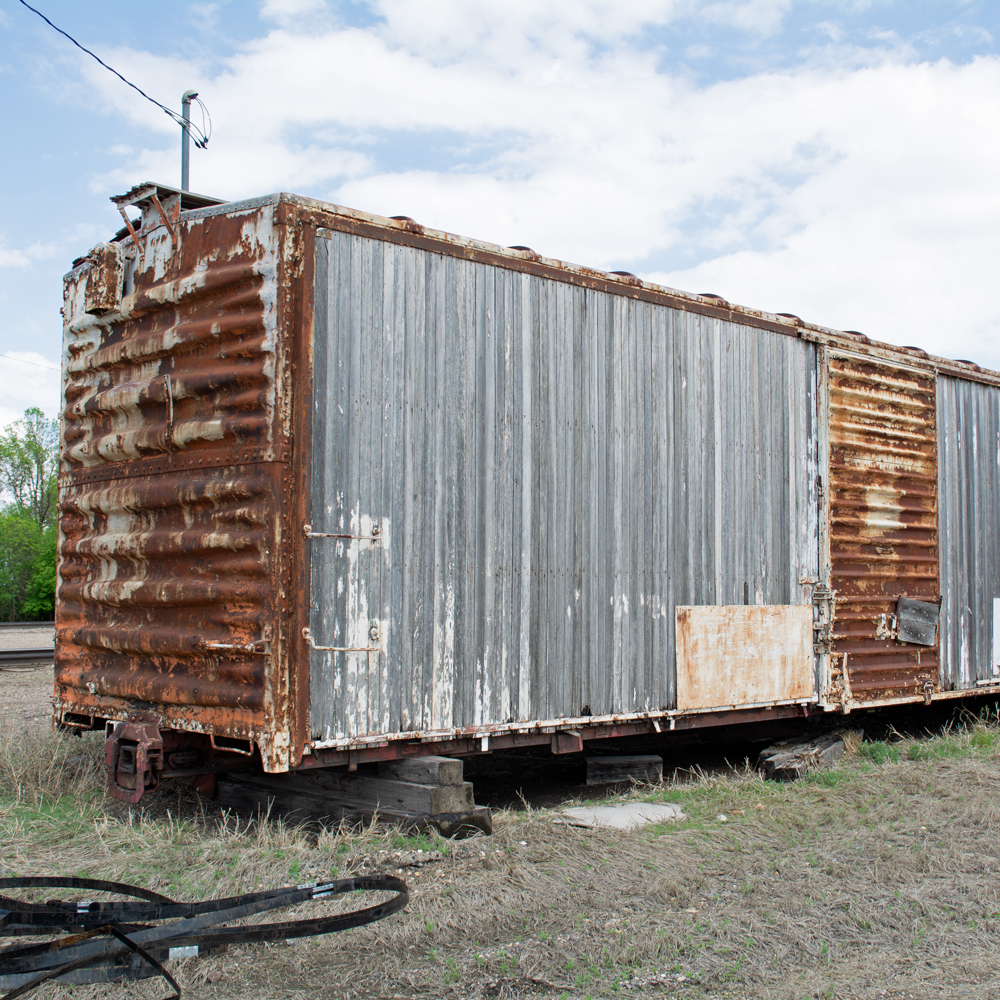
In November 2021 I wrote about modeling a boxcar storage scene based around an ex-Milwaukee Road car in Milbank, S.D. This time around we’ll take a look at a car in the Minnesota Northern RR (MNN) yard in Crookston, Minn., my hometown. Back in 2016 I was invited to the National Model Railroad Association Thousand […]
Read More…
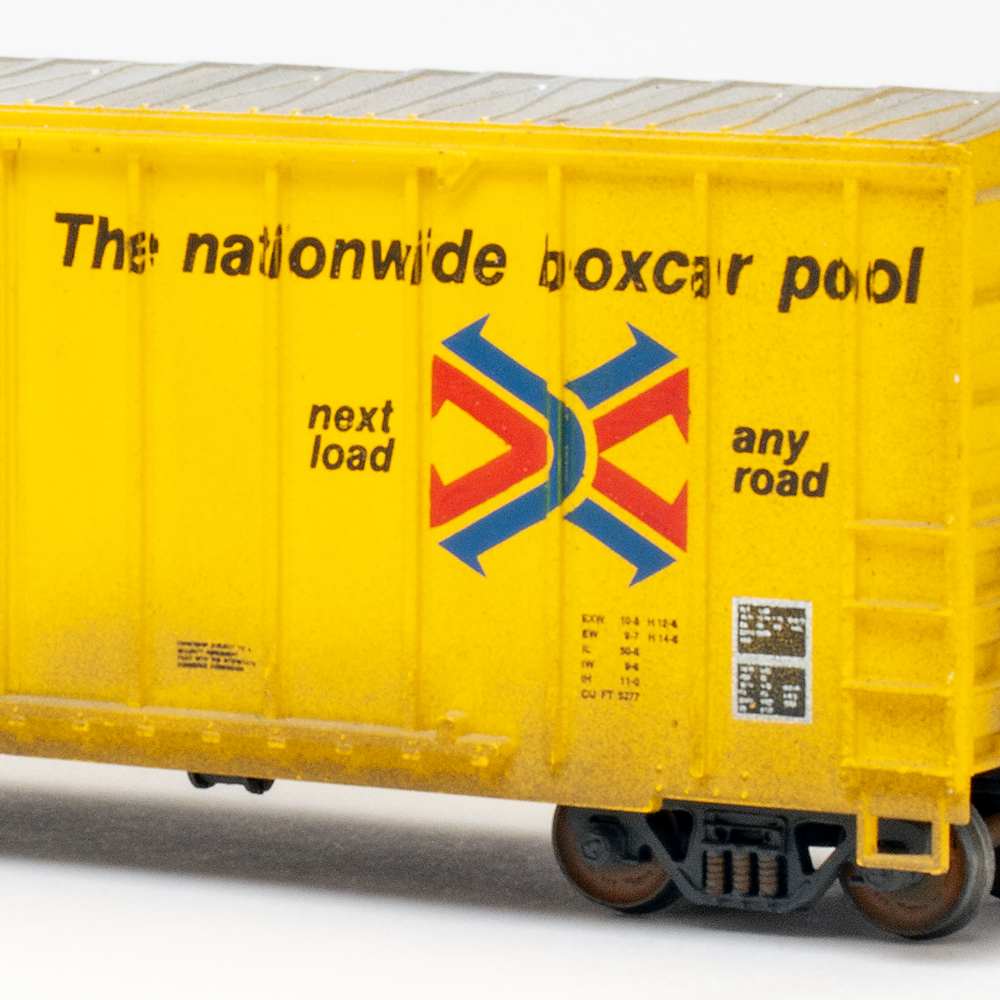
In October, Editor Eric White, Associate Editor Bryson Sleppy, and I attended the Railroad Prototype Modelers Conference at the Northern Illinois University campus in Naperville, Ill. We enjoyed a day of visiting with contributors, looking at layouts and models, and talking with manufacturers in the vendor room. In addition, we split up and attended as […]
Read More…
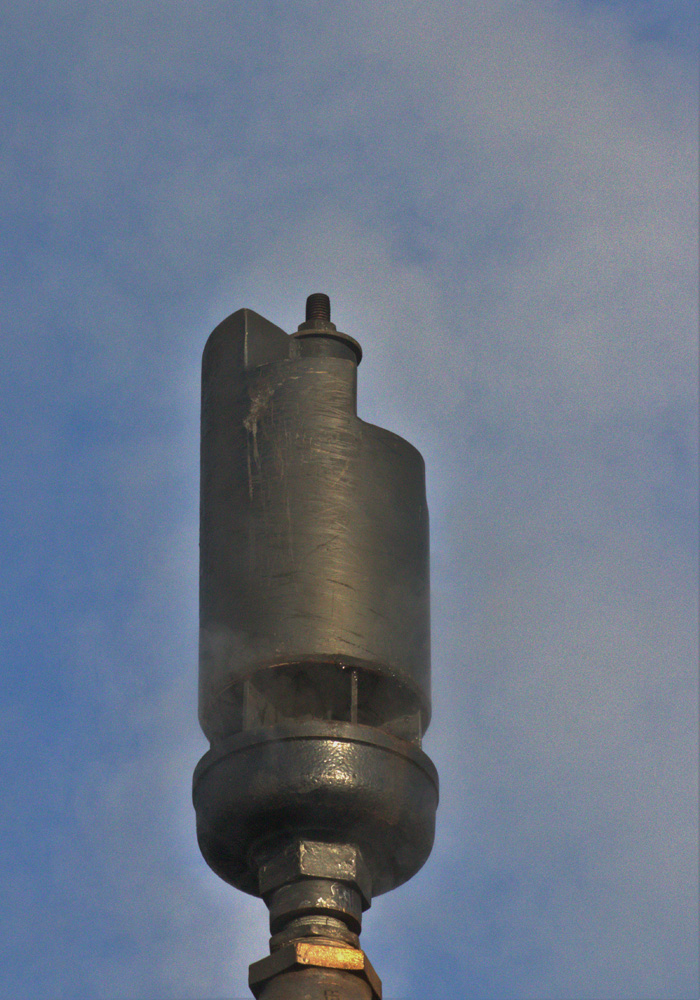
Q: When did the grade crossing whistle signal change from two longs and two shorts (— — o o) to two longs, a short, and a long (— — o —) and under what authority? I model 1907 and I have several early rule books that all have it as two longs and two shorts. […]
Read More…
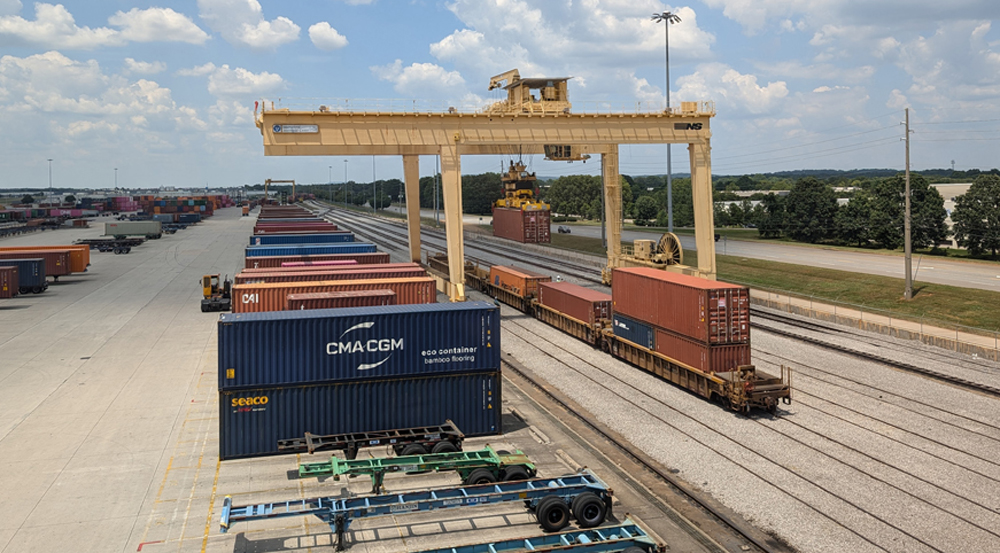
While on a recent trip to the National Model Railroad Association’s Southeast Regional Convention in Decatur, Ala., I was fortunate enough to go on a trip to Huntsville’s International Intermodal Center. Right when our van arrived in the parking lot, I knew that this would be a perfect real-world industry that anyone can model on […]
Read More…
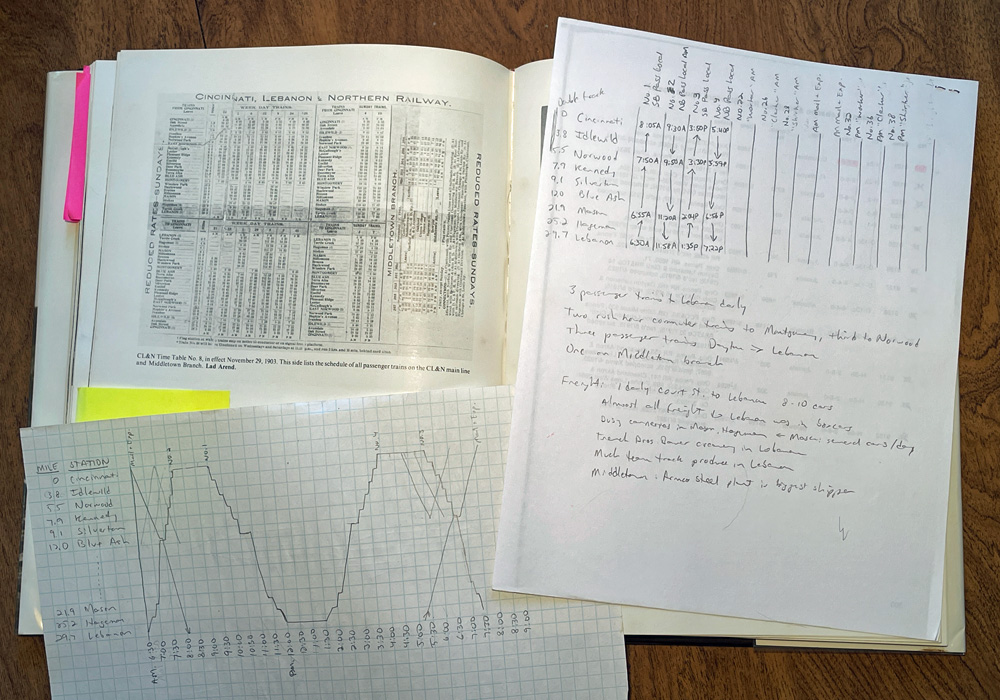
Q: Did short line railroads use timetables for such loads as logs, lumber, cattle, grain, merchandise, and the like for short distances such as 100 miles or less? For example, is a timetable necessary for a train running back and forth between a log landing site and a small lumber mill? — Russell Brenchley, Cottage […]
Read More…
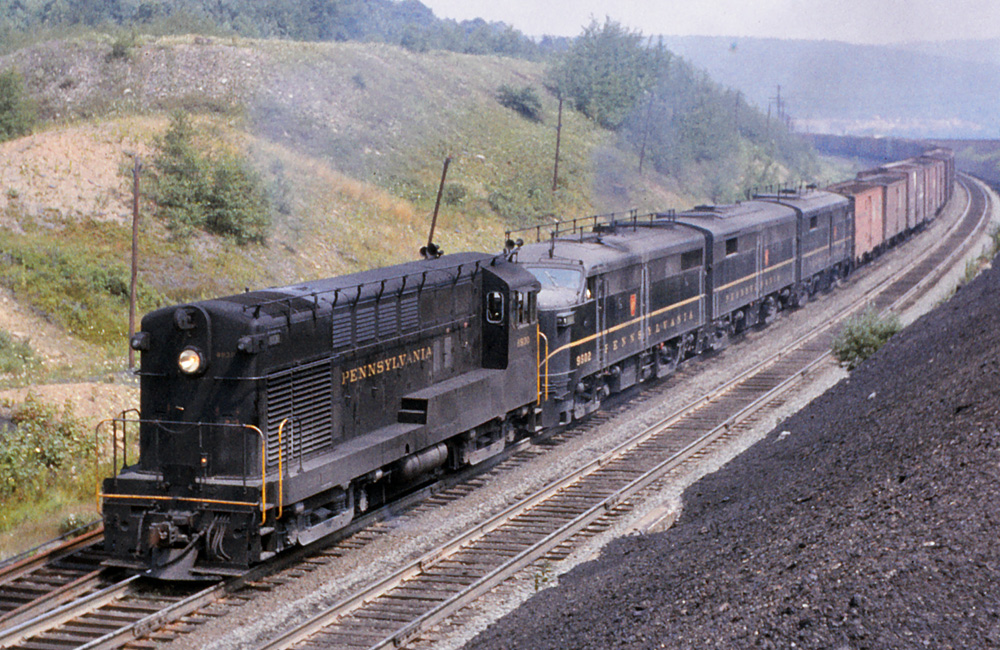
Q: What are the bars on top of Pennsylvania RR diesel locomotives for? Are they for radio? — Damien Bouchey A: Those aren’t for radio, though they served the same function — communication. Those are Pennsylvania RR Trainphone antennas. In the mid-1930s, the Pennsy was looking for a more efficient way for dispatchers and towermen […]
Read More…
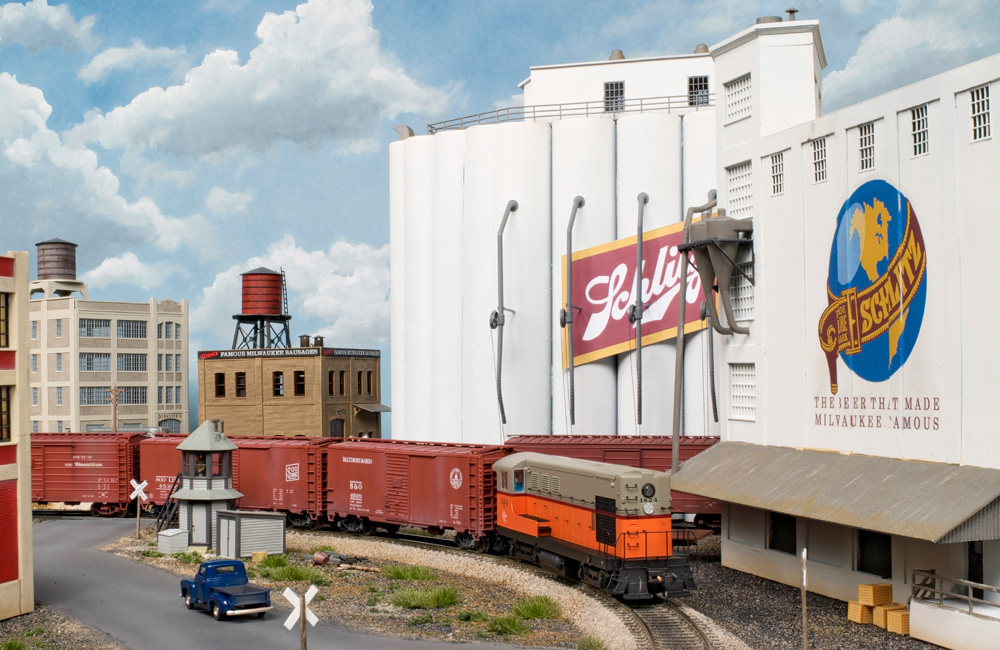
Q: I am modeling the Milwaukee Road’s Beer Line in HO scale. Which trains worked the Beer Line, and what were the train numbers they used? I can’t find any information on the internet. They didn’t just call them “Midnight Beer Train” or “Elevator Job,” did they? — Jerry Lane A: The Beer Line is near […]
Read More…
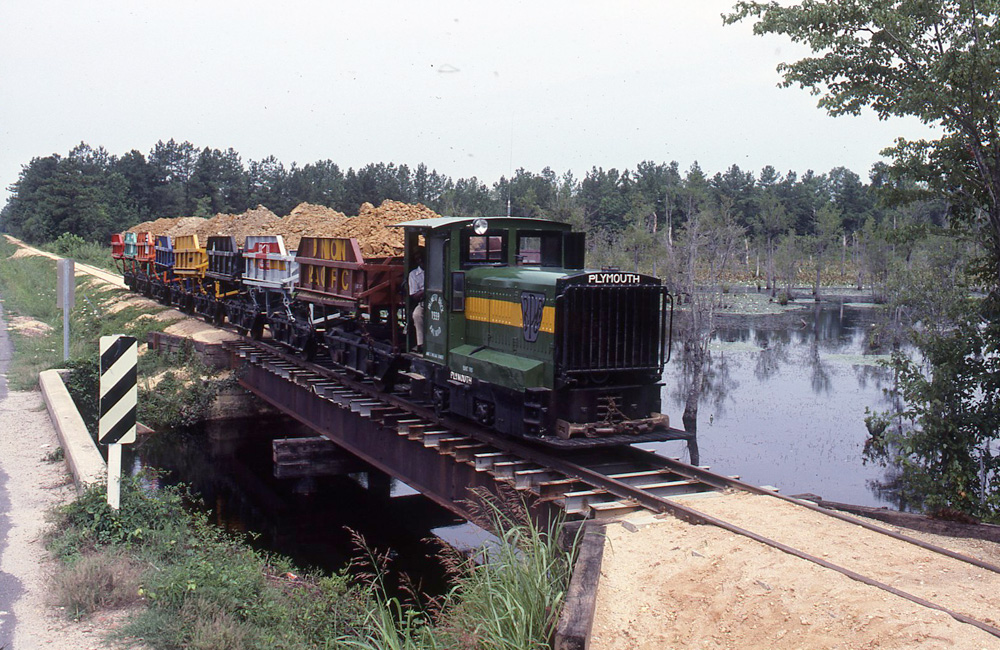
With larger railroads, you seldom see the big picture. You see trains passing a given location, but unless you have access to loading manifests, you seldom know the origin and destination of any single car or even what it is carrying. That can never be said about the Palmetto Brick Company Railroad, however. Its entire […]
Read More…
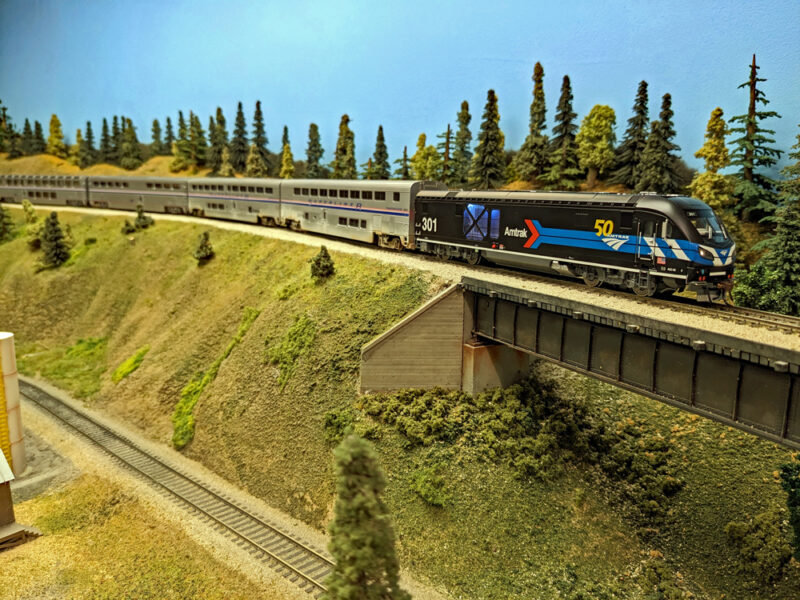
If you’re new to the hobby, you might be wondering if you can operate any locomotive on an everyday commuter, intercity, or high-speed passenger train. If you’re looking for prototypical operations on your layout set in the modern era, the short answer is usually no. However, there are many factors which go into this simple […]
Read More…
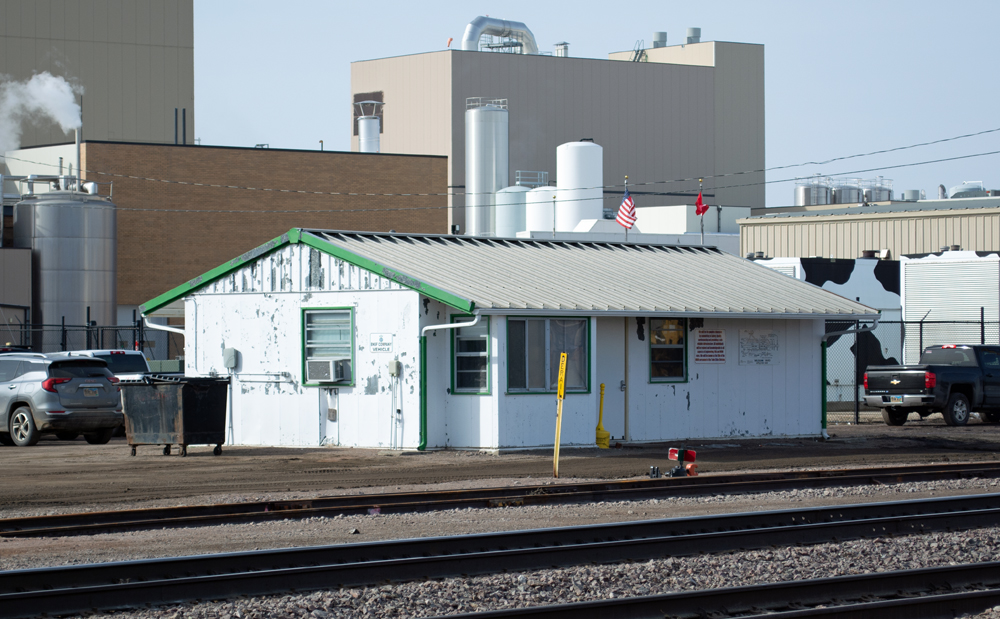
Little did I think when I visited Milbank, S.D., for the first time in 2019 I would find a yard office you can model. But there, on the corner of North Main Street and East Railway Avenue, was a BNSF Ry. structure that looked ideal for a model railroad. It had a small footprint; could […]
Read More…
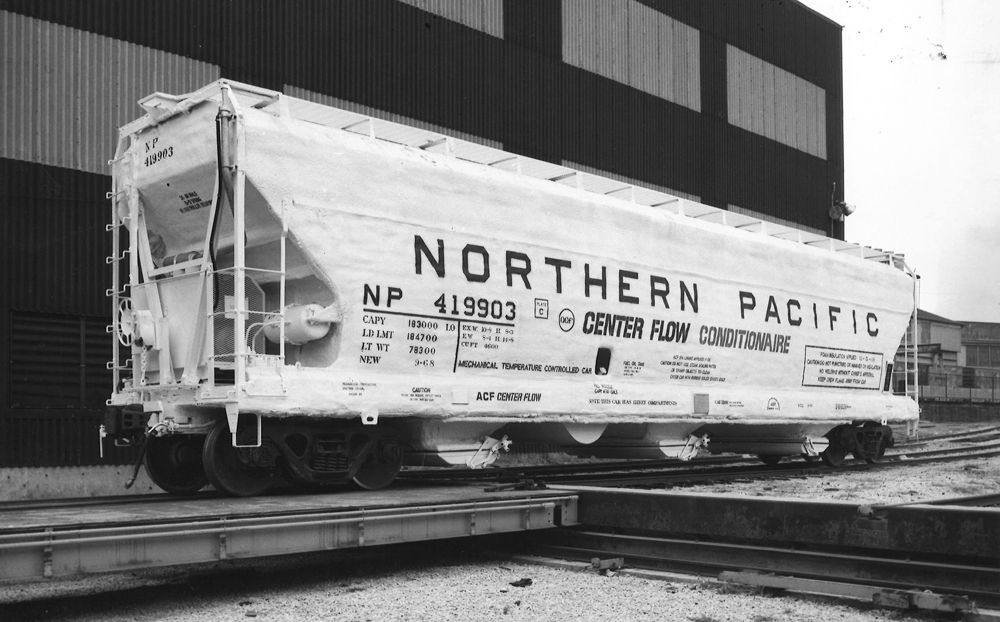
Today, home insulation is probably the first thing that comes to mind when you hear people talk about spray-on foam. But in the 1960s and ’70s, railroads wanted to see if the material’s insulating properties could be leveraged on rolling stock. Would foam-coated freight cars change the way perishable materials were transported by rail? Might […]
Read More…












